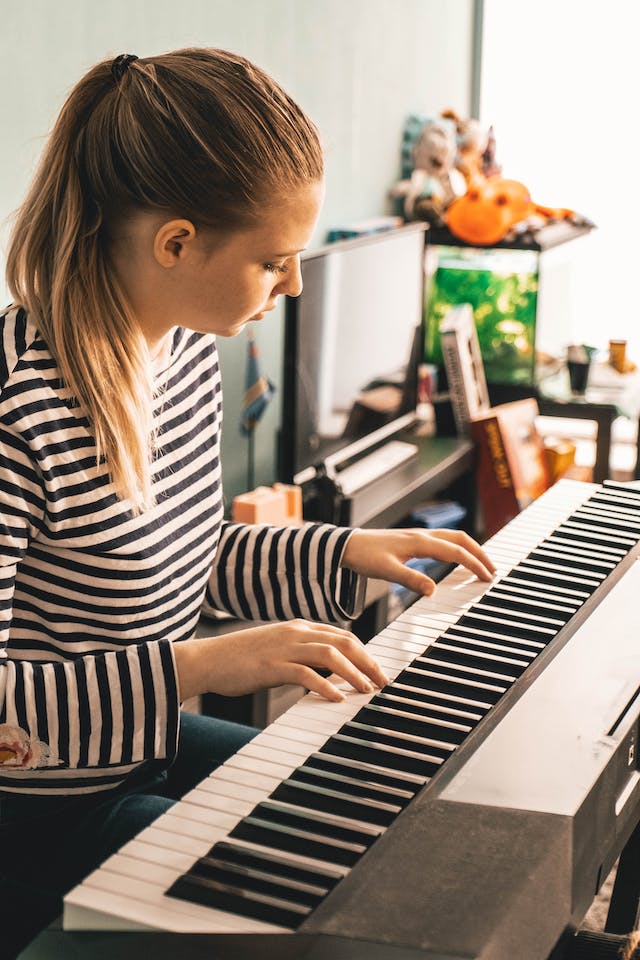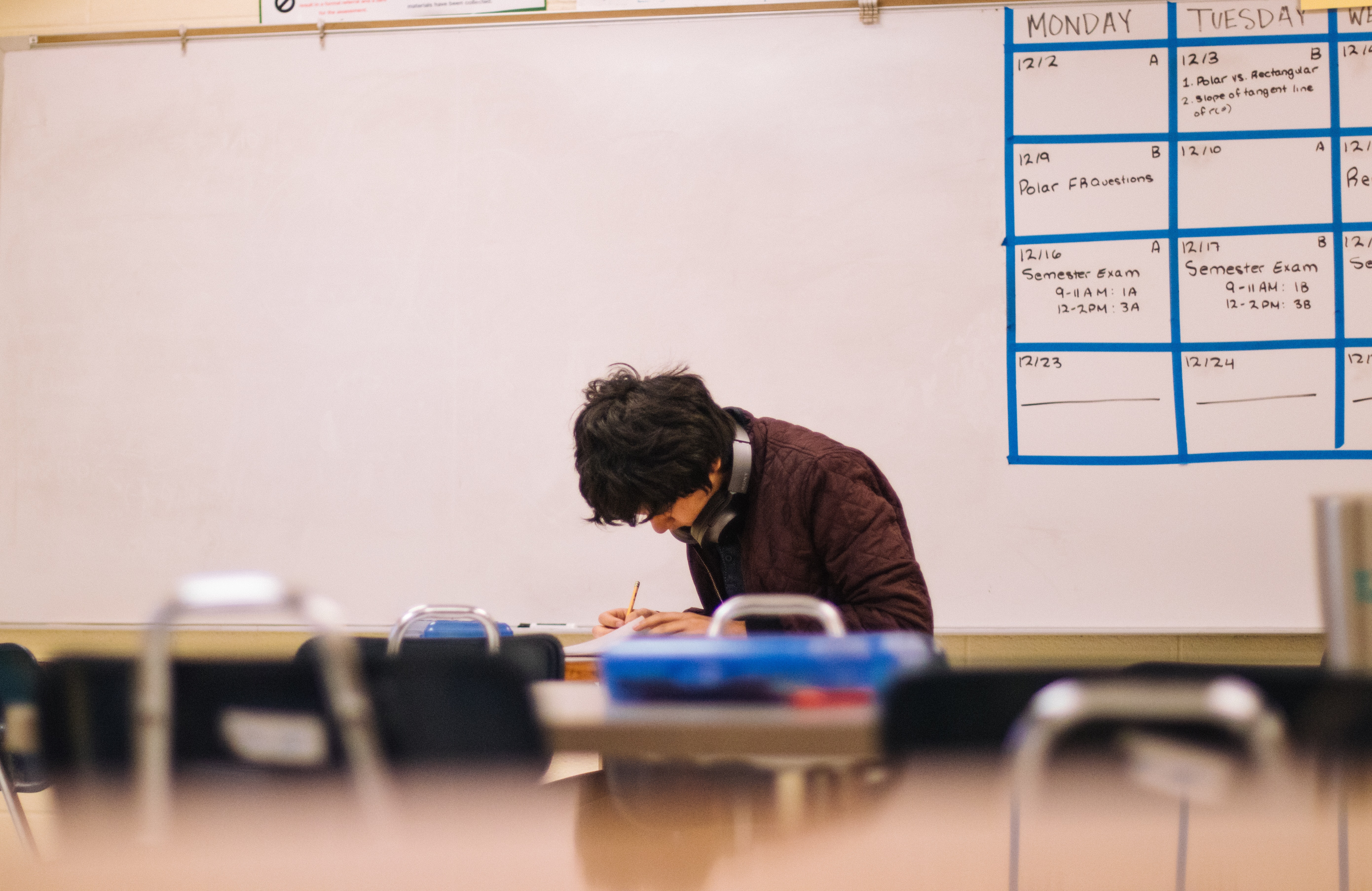
Finger Speed Drills For Pianists
For pianists, developing finger speed and agility matters when the musician is preparing complex pieces with precision and ease. You won’t successfully perform Prokofief or Barkok, for instance, if you don’t have the technical chops to maintain tempo. Effective finger speed drills can transform your playing, making challenging passages more accessible and enhancing overall technical proficiency. Drawing from popular teaching materials and methods, this blog post will explore various exercises and techniques that can help pianists at all levels improve their finger speed.
If you’d like to enroll in piano lessons in Pearland, or if you want to work with a piano teacher in Houston, please get in touch. We’d love to help take your playing to the next level.
Popular Finger Speed Drills For Pianists
The Importance of Hanon Exercises
One of the foundational resources for building finger speed is Charles-Louis Hanon's "The Virtuoso Pianist." This collection of exercises is designed to improve finger dexterity, agility, strength, and independence. Hanon exercises start with simple patterns that gradually increase in complexity. For instance, the first exercise involves a repetitive five-finger pattern that pianists play up and down the keyboard, progressively increasing speed while maintaining evenness and control. These exercises are beneficial because they target each finger, ensuring balanced development across both hands.
Czerny's School of Velocity
Another invaluable resource is Carl Czerny's "School of Velocity." Czerny, a student of Beethoven, composed these studies to specifically enhance finger speed and precision. The exercises in this collection are more musically demanding than Hanon's, incorporating a variety of rhythms, articulations, and finger combinations. They challenge pianists to maintain clarity and speed, particularly in intricate passagework. Czerny's studies not only improve technical skills but also help in developing musicality, as each exercise is like a miniature composition.
Scale and Arpeggio Practice
Scales and arpeggios are fundamental to any pianist’s practice routine. Regular practice of scales and arpeggios across multiple keys aids in building speed, coordination, and fluency. Teachers often recommend starting with a slow, controlled tempo to ensure accuracy and evenness, gradually increasing the speed over time. It’s important to use proper fingering as it facilitates smooth transitions and faster playing. The key is consistency and incremental progress; rushing through scales without attention to detail can reinforce bad habits.
Incorporating Metronome Practice
A metronome is an essential tool for developing finger speed. It helps in maintaining a steady tempo and incrementally increasing speed. Start by playing exercises or scales at a comfortable tempo where control and accuracy are achievable. Gradually increase the metronome speed, ensuring that precision is not sacrificed for speed. This methodical approach helps in building endurance and agility over time.
Techniques from the Taubman Approach
The Taubman Approach, developed by Dorothy Taubman, focuses on using natural body movements to reduce tension and increase efficiency in piano playing. This approach can be particularly beneficial for developing finger speed. It emphasizes the importance of proper alignment, rotation, and finger independence. By minimizing unnecessary motions and strain, pianists can achieve greater speed and endurance.
Bursts and Rhythmic Variations
A technique often used by teachers to improve finger speed is practicing in bursts. This involves playing a short group of notes very quickly, followed by a brief pause. These bursts help in developing quick finger action and can gradually be expanded to longer passages. Similarly, applying rhythmic variations to scales or exercises, like playing a long note followed by several short notes, can also significantly improve agility and speed.
Finger Independence Exercises
Finger independence is crucial for speed and precision. Exercises that isolate fingers, such as playing staccato with one finger while the others play legato, can greatly enhance control and independence. These exercises can be found in method books like "The Art of Finger Dexterity" by Carl Czerny or "Gradus ad Parnassum" by Muzio Clementi.
The Role of Slow Practice
While it might seem counterintuitive, slow practice is key to developing speed. Playing slowly allows pianists to focus on precision, hand position, and efficient finger movements. It’s a time to correct mistakes and ensure that every note is played with intention. When these elements are mastered at a slow tempo, increasing speed becomes much more manageable.
Your Teacher Can Help You Improve Finger Speed Safely
A skilled piano teacher will help you choose drills and exercises to improve your finger speed, and perhaps most importantly, they will help you practice them safely, so as not to create tension. In fact, that’s a common grip regarding Hanon and Czerny - that they create bad habits. Don’t let this happen - contact a qualified piano teacher in Katy, TX today.





